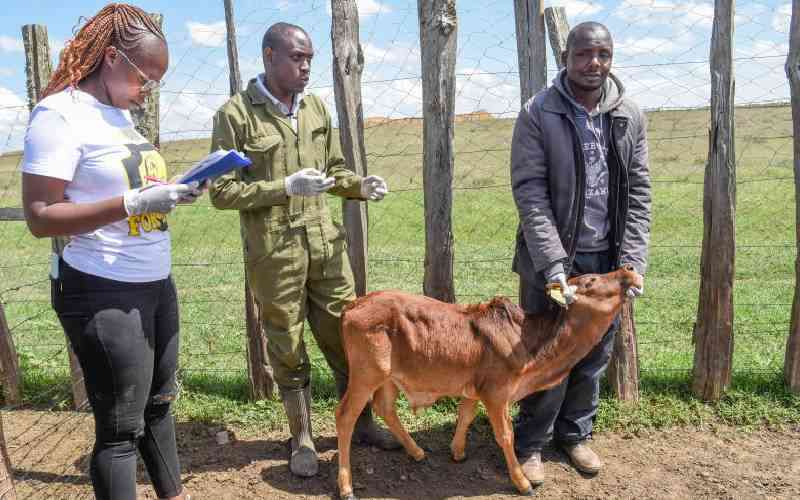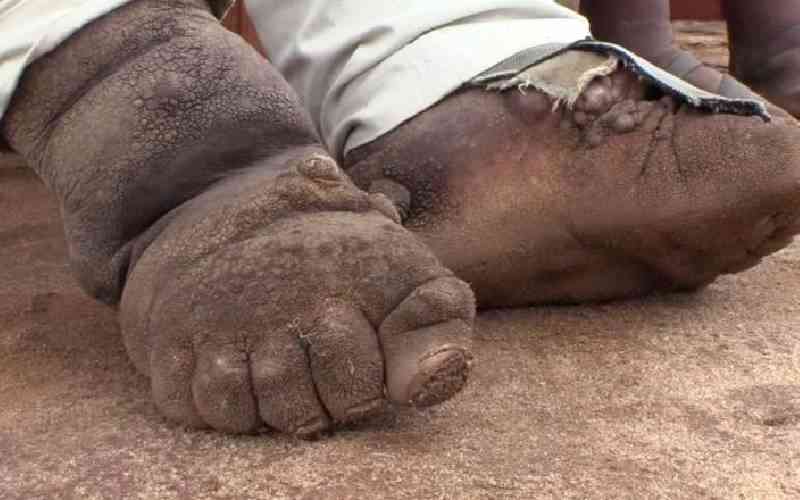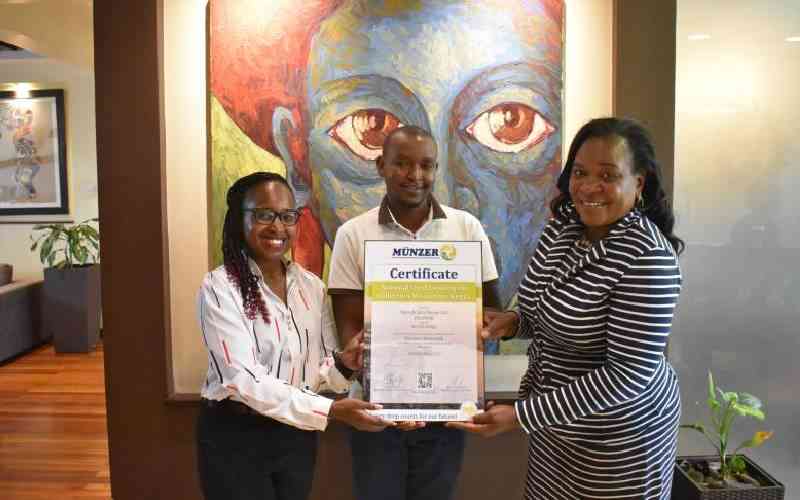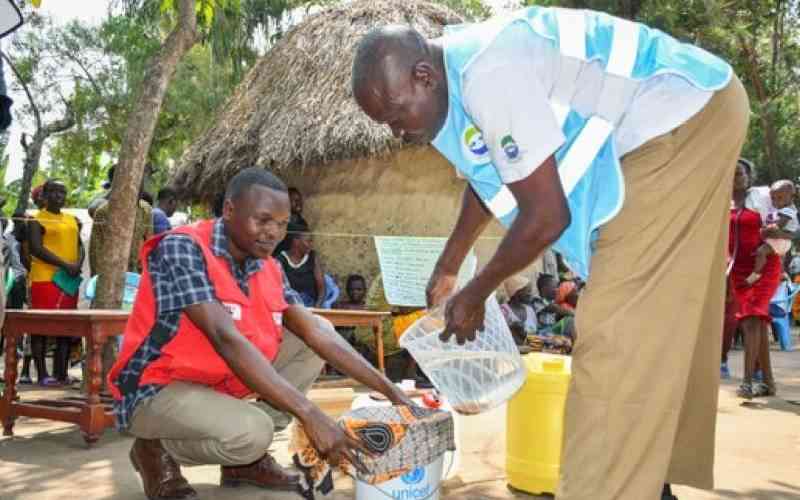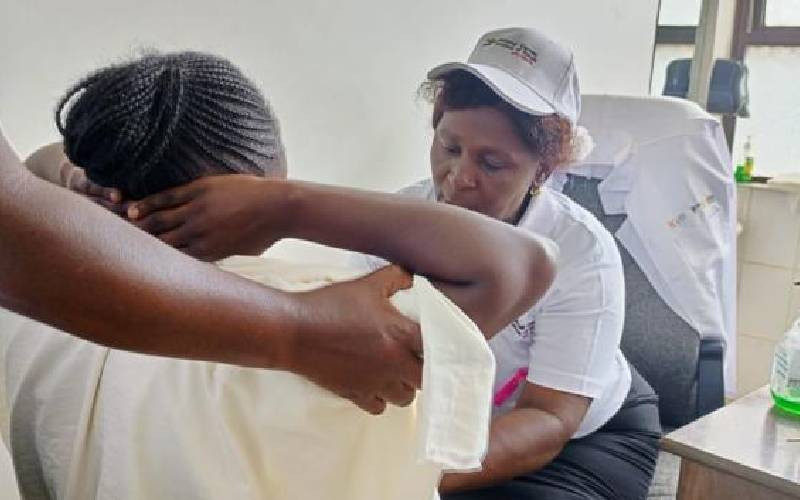Someone is doing something right in Kenya’s healthcare system.
A little over a month ago on a local TV station, there was a tired looking mother, few hours out of delivery, holding an innocent looking infant for the cameras to see. But there was this relieved smile on her face, both from seeing her new-born baby safely snuggling her little finger, and also from the fact that she did not pay a dime.
Still on TV last week, three families that were nursing their healing kin in a hospital in Meru looked both jovial and surprised after a cheap kidney dialysis at the hospital. The story was that five state-of-the-art dialysis machines leased to the county by the national government had relieved renal failure patients the agony of seeking the service in far-flung hospitals. Each dialysis session costs about Sh6,000 in the hospital and between Sh12,000 to Sh15,000 in private facilities. The recommended frequency of dialysis sessions per week is two.
Lastly, a story ran on BBC about how NHIF saved an 18 year-old cancer patient the agony of an expensive chemotherapy and radiotherapy.
The narrative in the health sector is an improving one, and whoever is writing the script must have read the arduous parts with the same conviction everyone else has had for the last many years. Initially, medical services have been on a steady deterioration on all fronts. The evidence effort of in the past year or so however, is strong.
Just this week, the government expanded free maternity services through an initiative dubbed 'linda mama'. Expectant women will now be able to access post-natal and antenatal clinics, as well as one-year long child health services in public and selected private hospitals. A total of 1,000 faith-based hospitals are also taking part in the initiative that is targeting 400,000 women who are delivering at home. Further, they will also be able to undergo screening for diseases and immunization for the infants. From the paperwork detailing the project, it also offers emergency health services for complications and conditions, outpatient health care for infants at treatment and child welfare clinics.
The government will pay Sh6,000 per woman covered and will see that the expectant mother is nentitled to at least four antenatal check-ups, delivery and post-natal check-ups, according to Health Cabinet Secretary Cleopa Mailu.
Just before that in September, the Government disbursed Sh898 million to county governments for free maternity, following the President Uhuru Kenyatta’s directive to cushion devolved health facilities from financial costs associated with running the free maternity programme at the beginning of the financial year.
Health and human development are a Siamese package. The development of a nation depends on the health and well-being of its people. The great health challenges of our time are infant, child, and maternal mortality, malaria, HIV and non-communicable diseases. They all cripple the capacity of people to survive and thrive. More so for us, affordability and proper health infrastructure have been the greatest undoing for our medical services industry. According to UNICEF (2012), Kenya’s infant mortality rate stood at 48%, (under 1 year olds) with the country’s life expectancy at birth being 58 %, which is significantly lower than the global average of 68 %.
Seeing all these developments, however, there is reason to smile and nod at what is being done. These leaps can only lead us the right direction. Although a lack of financial resources or in-formation can create barriers to accessing services, the causal relationship between access to health services and poverty also runs in the other direction. When health care is needed but is delayed or not obtained, people’s health worsens, which in turn leads to lost income and higher health care costs, both of which contribute to poverty.
A 2008 research paper by Johns Hopkins Bloomberg School of Public Health, Baltimore, Maryland, USA said the poor in middle-income countries suffer from a disproportionate burden of disease yet usually have less access to health care, whether measured by geographic accessibility, availability, financial accessibility, acceptability, or quality of care. They suggested that the outcomes of health reforms depend largely on the degree to which their success is a political priority, and recommended a shift in mindset so that we not only accommodate economic reforms, but also have healthcare top in that priority list.
That is why whatever positives we see cannot be taken as everyone’s cup of tea. It is in fact extraordinary and worth a pat in the back when healthcare is taken seriously. It touches the core of human life. The recent collaboration with developed countries such as Japan, European countries and the USA on bringing the state-of-the-art technology from countries like India is a loud announcement that we should brace ourselves, because the future we wished for is arriving.
 The Standard Group Plc is a multi-media organization with investments in media platforms spanning newspaper print
operations, television, radio broadcasting, digital and online services. The Standard Group is recognized as a
leading multi-media house in Kenya with a key influence in matters of national and international interest.
The Standard Group Plc is a multi-media organization with investments in media platforms spanning newspaper print
operations, television, radio broadcasting, digital and online services. The Standard Group is recognized as a
leading multi-media house in Kenya with a key influence in matters of national and international interest.


